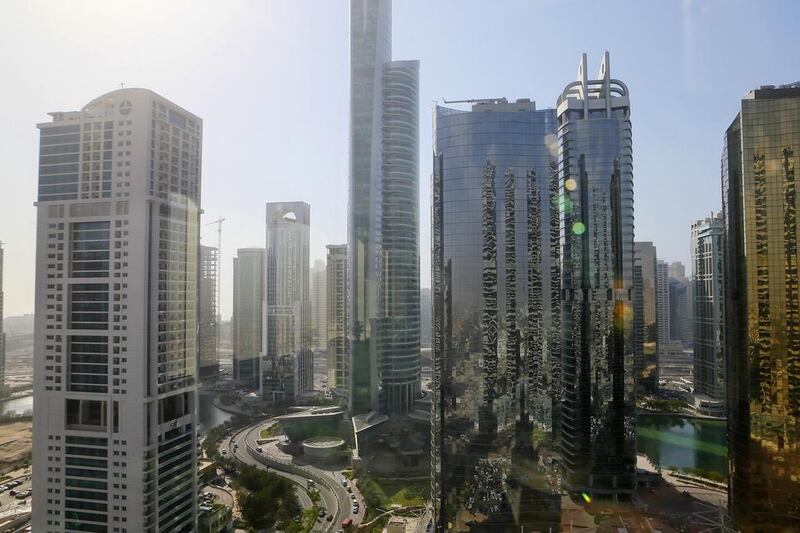Sale prices for apartments and villas continued to decline in the third quarter of 2015 amid a “torrent” of newly announced projects, according to a new report.
The research firm Phidar Advisory said that announced residential projects had reached “saturation point”, with the supply currently growing at an average rate of 3.9 per cent, outpacing demand, which sits at 3.7 per cent.
Its five-year demand pipeline forecasts robust jobs growth of 5.8 per cent a year, yet if all of the launched and announced projects are built, supply would continue to outstrip this – at 5.9 to 6.7 per cent growth per year.
Yet Phidar Advisory’s managing director, Jesse Downs, believes that the actual supply growth will only be about 2.8 per cent per year.
“There is no reason to panic because some announced and even launched projects are not viable, so handover is not expected in the stated timeframe,” she said. “However, developers and other stakeholders should monitor this carefully and plan appropriately.”
Phidar predicted many schemes announced will prove unviable as a result of their design, positioning or financing – or a combination of the three.
“A lot of developers seem to launch to test the market, and when feedback comes back negative then they scale back. Ultimately, what is likely to happen is these projects will likely go forward when you’re looking at a 10-year timeline, but it’s more a matter of when, and will they be redesigned or revised over the years?”
In the short term Ms Downs expects residential price declines to continue until the end of 2017 because of both market and geopolitical risks.
She said the market had been hit by a “mild liquidity constraint and some economic strains”, caused by factors such as the strong US dollar – to which the dirham is pegged – and the low oil price.
As a result, there is anecdotal evidence of more distressed sales and deals motivated by exchange rate movements.
Speaking at the launch of Union Properties’ Green Community 3 project last week, the chairman Khalid bin Kalban also said that he believed the market had been affected by a lack of cash.
“No one is providing liquidity to real estate – especially the banks. Their terms and conditions are a bit difficult to achieve.”
He said that developers were “substituting the banks and taking the risks” themselves by offering much more generous payment terms.
“Developers with deep pockets will definitely have to do that because this is something they find themselves forced to do. There are no other institutions willing to fund at this point in time.”
He predicted an earlier return to price growth in the market – by mid-2016 – and pointed to the stability of rents as evidence that demand for housing remains.
However, he also felt that many of those who have announced projects will struggle to get them built as a result of contractor capacity – especially once work on Al Maktoum International Airport and other Expo 2020-related projects get under way.
mfahy@thenational.ae
Follow The National's Business section on Twitter







